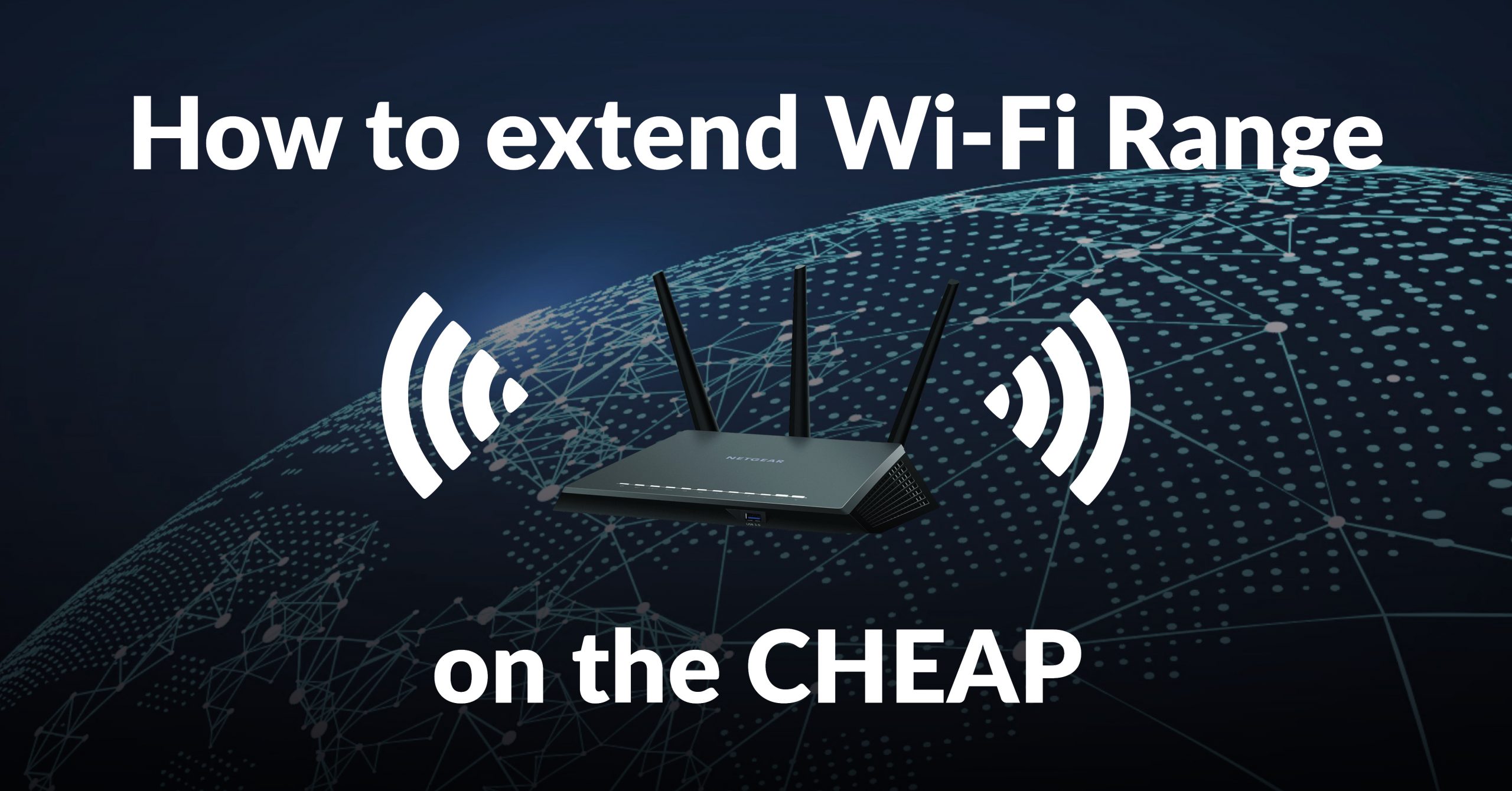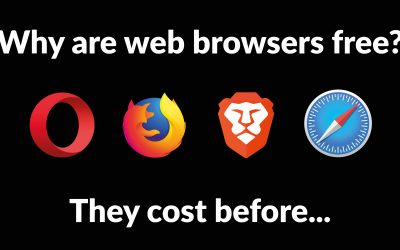At some point, we’ve all tried to stream an episode of our favourite show on Netflix and run up against a Wi-Fi range limit.
So, have you ever wondered why can’t we just boost it to MAXIMUM POWER and extend the range?
Two of the most obvious ways that we can increase range, present other technical problems. You see, at slow speeds, the modulation scheme, which are the small adjustments in the waveform that carry the data is much simpler and easier for equipment to understand.
But as speeds get faster and faster the modulation schemes are more complicated and more prone to errors and interference. So the farther away from the Access Point you get, the slower you have to go. In fact, if your access point is sending out a signal and not getting any kind of reply from another gadget acknowledging that it received the signal, the AP will keep slowing the speed down and down and down until it gets a response.
This is a big part of the reason that speeds get slow if you walk farther away from your router. As we demand faster speeds for HD streaming, gaming, and file transfers simply slowing down our Wi-Fi to make it go farther isn’t a viable solution so back to MORE POWER, right?
Well not quite, the Wi-Fi standard doesn’t have a super high transmit power to comply with telecommunications laws in different countries. For example, in the UK & Ireland, you can’t go higher than 200 milliwatts and most routers are configured by default to transmit at this maximum. So you can’t turn it up any further, legally.
However, that doesn’t mean that getting better Wi-Fi range is a fool’s errand, one trick that does work fairly well is to focus the Wi-Fi signal in one direction.
You see a typical home router has Omnidirectional Antennas where the signal is transmitted evenly in all directions kind like a big doughnut shape. But if your router is at one end of your house and your couch is at the other, that’s not the best setup. Instead, you can get something called a ‘Patch Antenna’ which looks like a big flat panel that sends the signal out in one direction. They’re more common in commercial settings or at trade shows, but nothing is stopping you, for example, from sticking one on the side of your house and blanketing your back garden in a strong Wi-Fi signal.
Another trick that’s built into some Wi-Fi standards is the use of a long ‘Guard Interval’. This means between short parts of the transmission called ‘Symbols’ are short time intervals before the next Symbol is sent. These Guard Intervals are there to cut down on the interference between symbols so if they’re short you get more data but if they’re long you get less interference and therefore longer range at the expense of some speed.
Wi-Fi 6, by the way, is introducing ‘Extra Long Guard Intervals’ for outdoor use where ranges often need to be longer.
Of course, another winning strategy is to cut down on interference in other ways. You can do this by using narrower channels, by using 40 megahertz instead of 80 on the 5 gigahertz band, as well as making sure that you don’t have unnecessary transmissions flying around your house, like from baby monitors or Bluetooth devices that you aren’t using.
This one can make more of a difference than you might think. A huge part of how wired Ethernet has gotten faster has simply been by cutting down on noise inside the cable.
However other than the tips we’ve mentioned in this blog I wouldn’t expect too much new tech in the near future that can extend Wi-Fi range without adding more antennas in something like a mesh network.
Speed and range are always going to be balancing acts so you got to pick… Do you want a Big Mac? Or do you want to lose weight and feel good? You only get to pick one.




